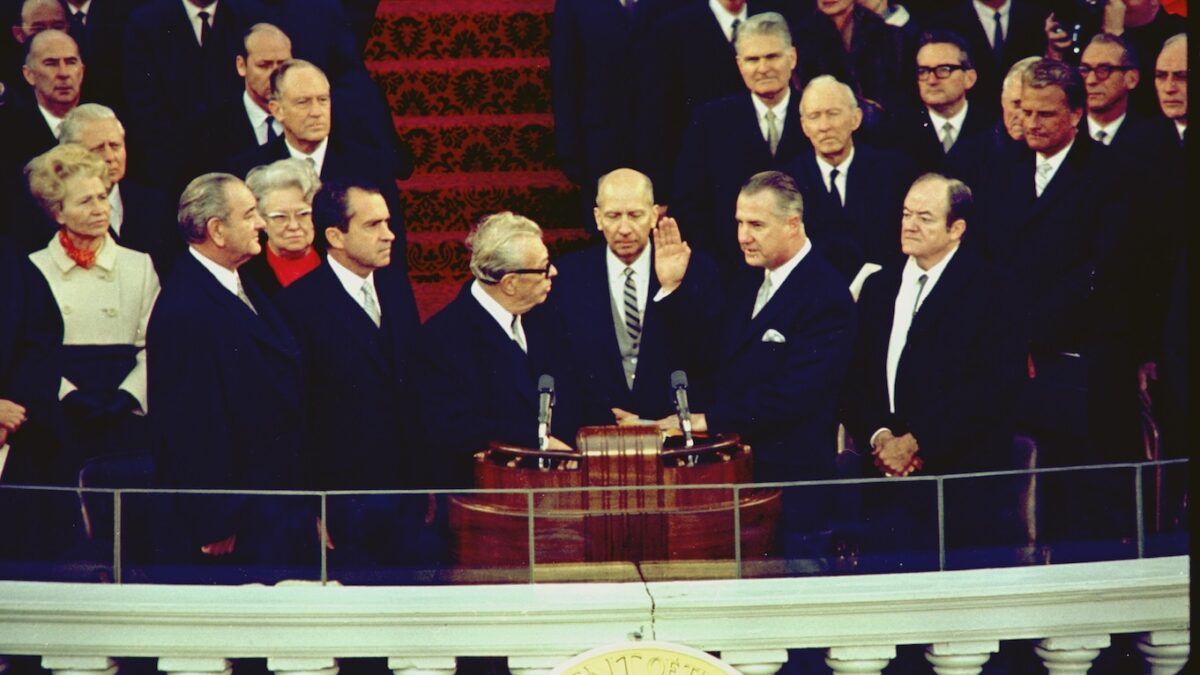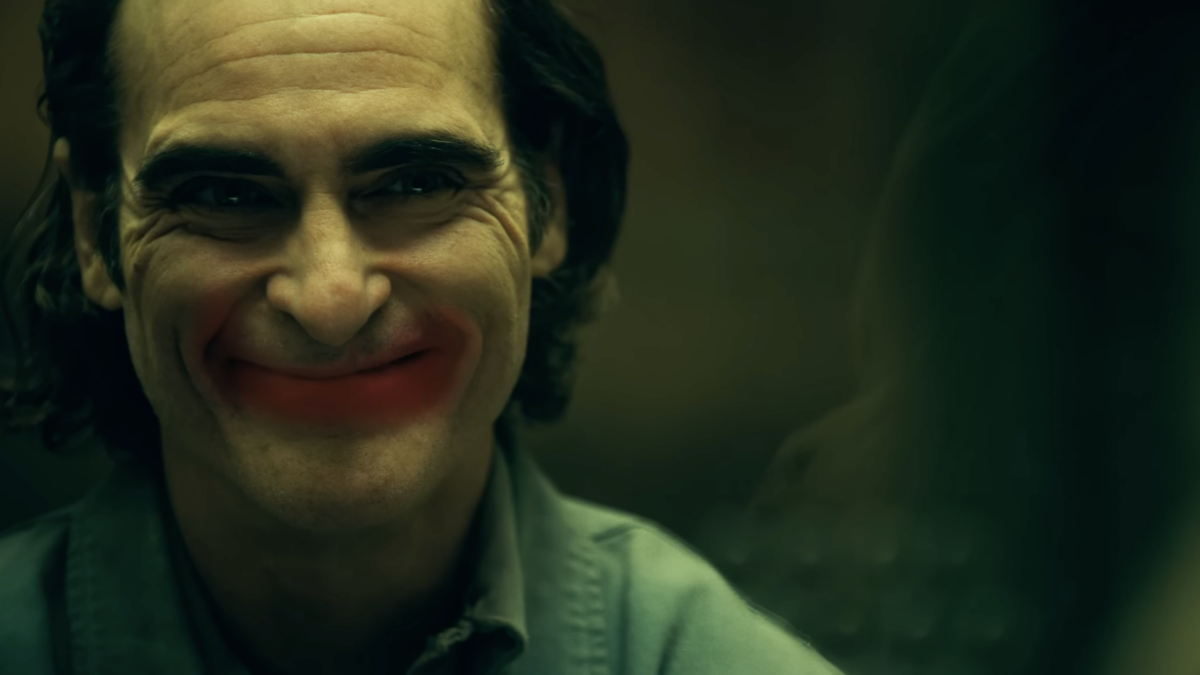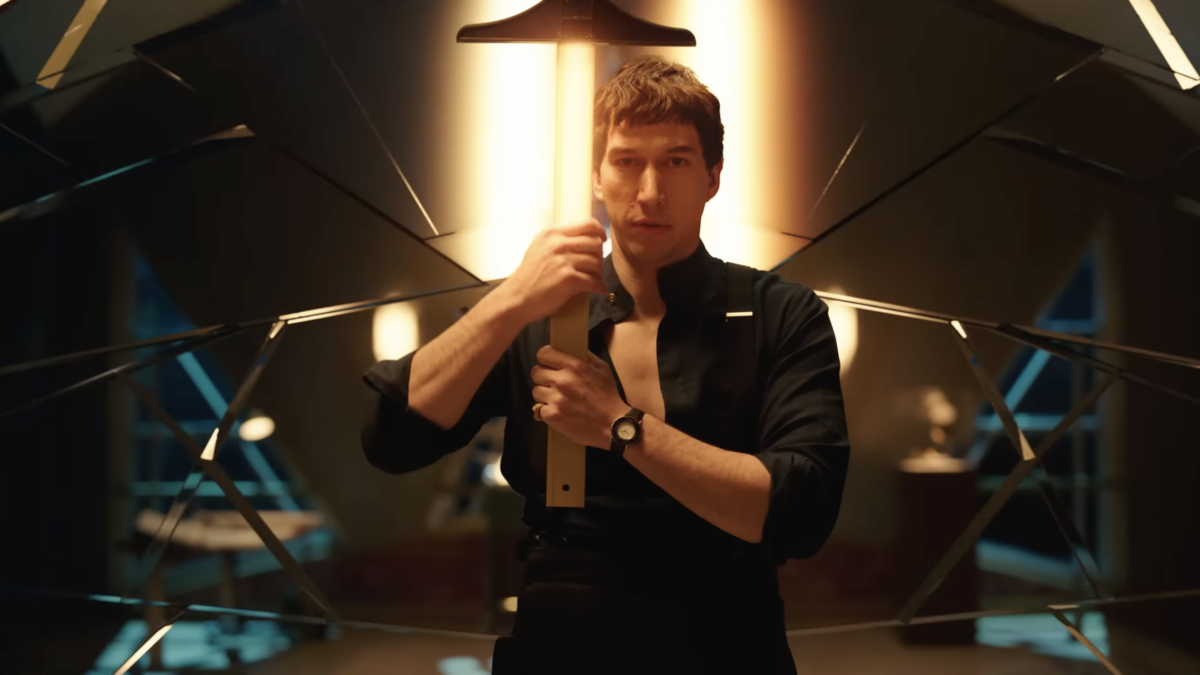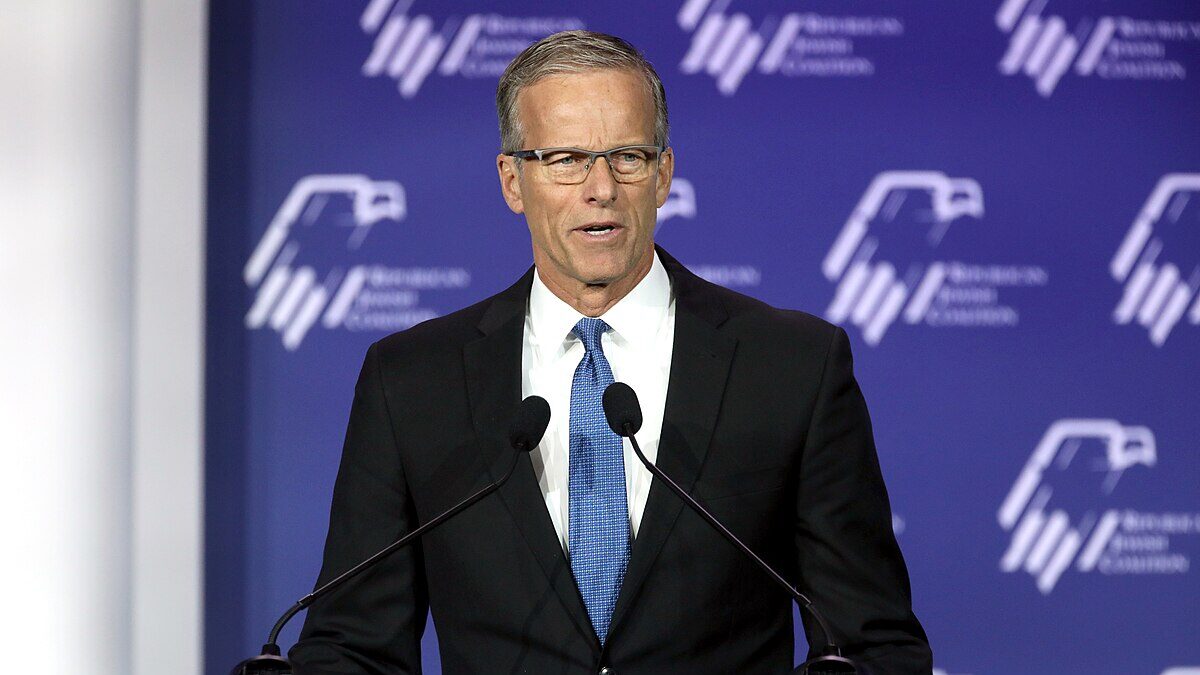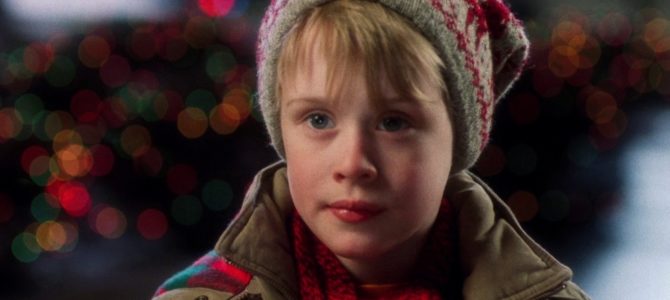
Finally, after putting in our time, we were released to the basement.
Through what little childhood patience we possessed, my sister, my cousins, and I had satisfied The Rule in force at every family gathering at Grandma and Grandpa Lawson’s house: Before you can leave the table after dinner, you first have to sit quietly for at least 15 minutes or talk about “boring” things with the adults.
That was The Rule — for all we knew, it had been set in place and carved in stone by Nana L. since the dawn of time. Any unjustified movement before the time was up could jeopardize the whole rest of the evening and doom you to having to remain at the dinner table while adults discussed trade deficits and life insurance for all eternity.
So we waited, paid our dues, received a knowing nod of approval from dad, and speed-walked downstairs to the “rec room,” which had the television, the VCR, and the only kid-friendly VHS tape my grandparents had in stock: “Home Alone.”
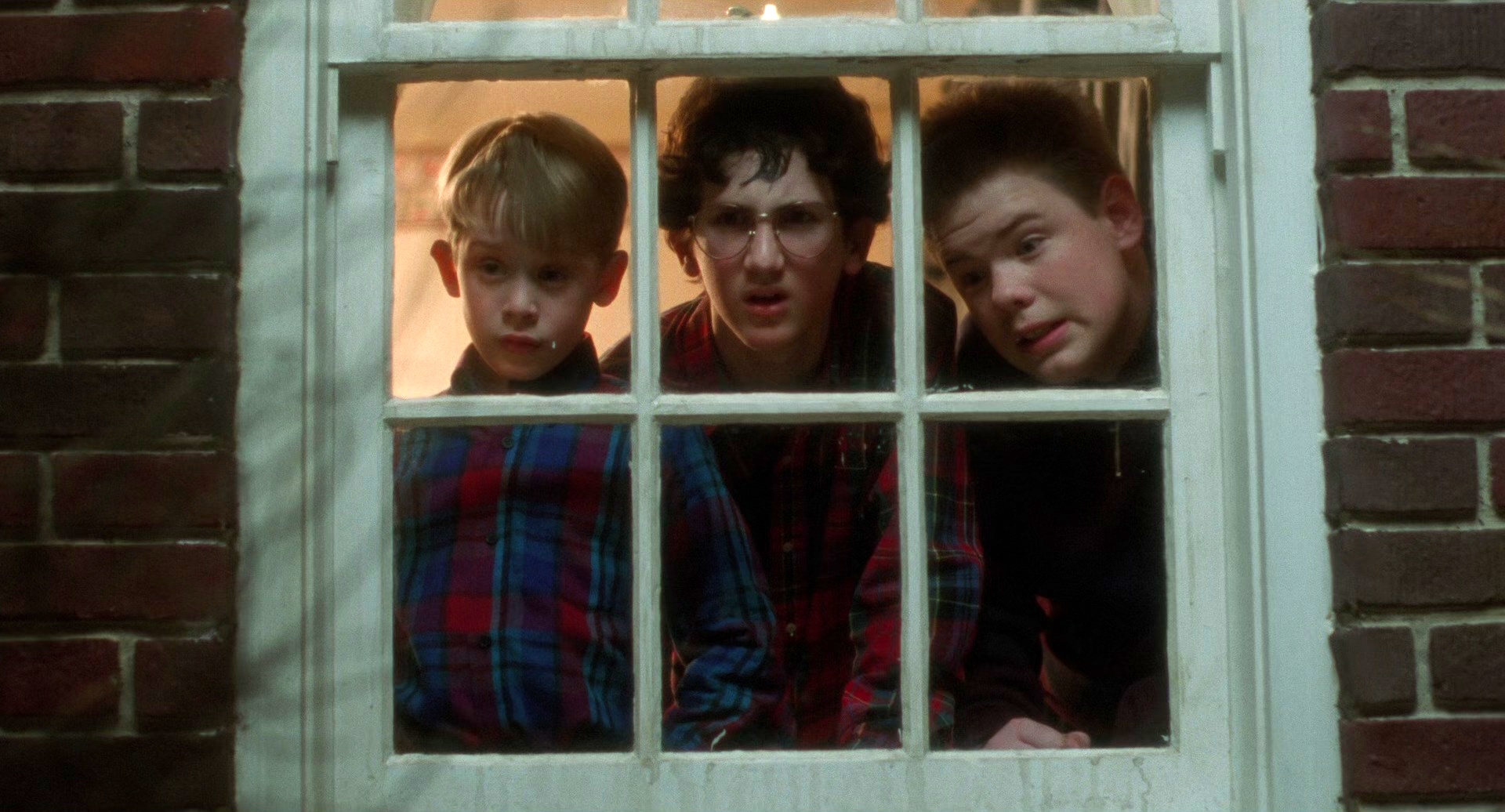
I couldn’t tell you exactly how many times I’ve watched “Home Alone,” but my low estimate sits at 60. What began as a Christmas tradition became the thing we younger members of the family did every time we were dismissed from the table at Nana and Papa L’s. New Year’s, birthdays, Easter, and dozens of times during the middle of the summer, the occasion didn’t matter — we’d satisfy The Rule, then head to the basement and watch “Home Alone.”
Yet, even after I went off to university, moved away, and eventually began a family of my own, I found myself repeatedly coming back to the film. Despite what normally happens with things we enjoy to excess, “Home Alone” never became tired, old, or played-out. Instead, what I loved most about the film simply changed over the years as I gained a greater appreciation for different aspects of the movie and its package as a whole. Now, I love the movie more than I did 60 viewings ago.
Why do I keep coming back to “Home Alone?” For everything that isn’t the famous showdown between Kevin McCallister and The Wet Bandits.
The unique “elevator pitch” for the plot of “Home Alone” is what immediately drew people to the film 30 years ago, and what made it a favorite of my sister, my cousins, and me when we were little. Like all good stories, its strength is in its simplicity: A seven-year-old boy is mistakenly left home alone by his family at Christmastime and must creatively defend his house from two overconfident burglars.
There it is. Grab the popcorn, turn off your brain, and enjoy Daniel Stern’s high-pitched screams of horror and hearing Joe Pesci break nearly every bone in his body — multiple times. Except there’s more to it than that.
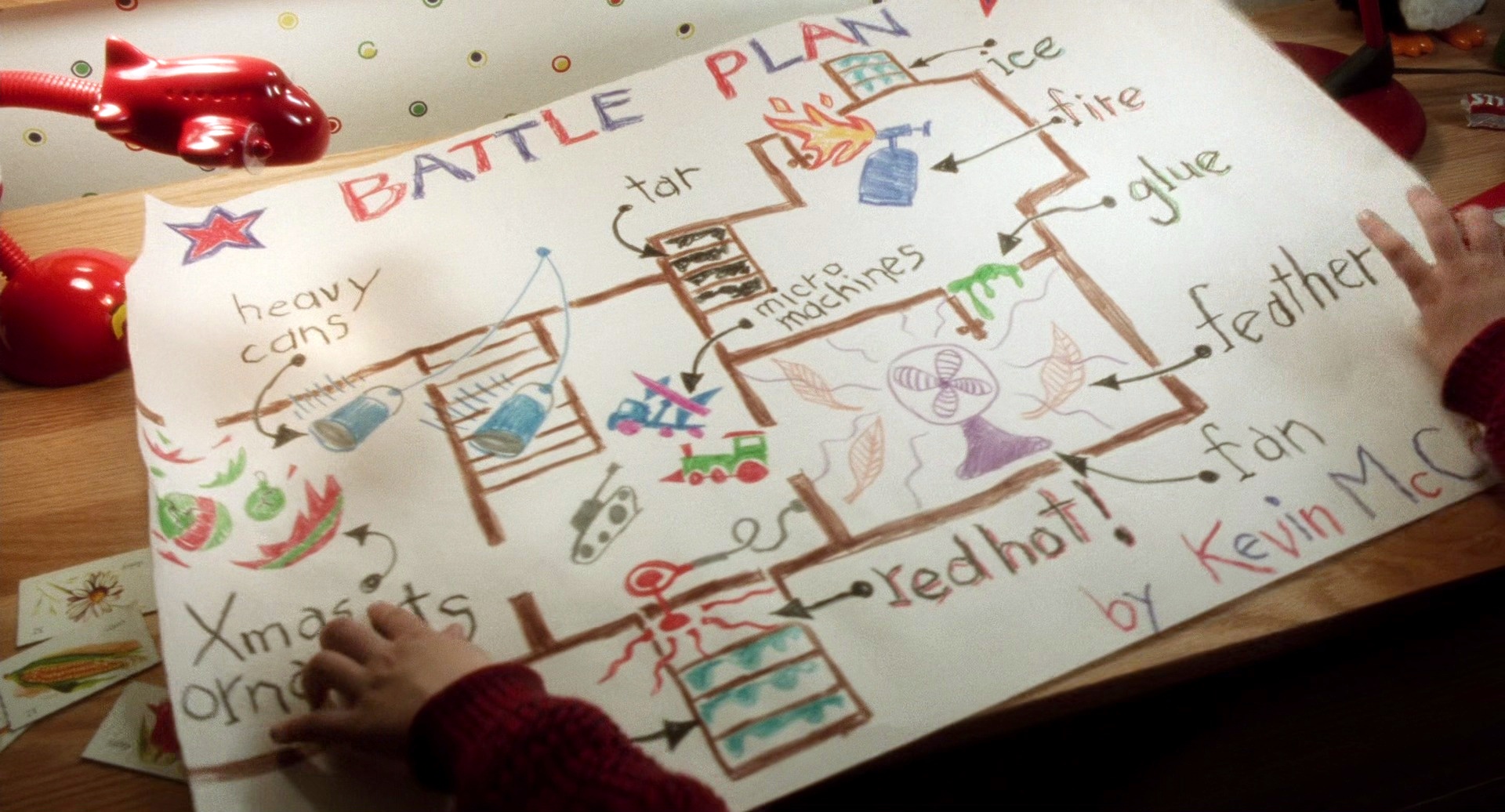
Yes, watching Kevin booby-trap his gorgeous 4,243 sq. ft mansion with everything from Micro Machine toys, to impaled nails, to rigged blowtorches is still jolly good fun. Yet, if anything, those are the parts of the film when I’m now most tempted to leave the room and grab more festive refreshments.
Watching director Chris Columbus treat Pesci and Stern like human pinatas was much more entertaining and satisfying as a kid. Now? For all the entertainment value it still undoubtedly packs, it’s ironically the part of the film that drags the most.
For my money, of all the great Christmas movies to come out in the last 30 years, “Home Alone” is the one with the least amount of “fat” in its script. Nearly every scene John Hughes penned for the film either provides humor, heightens the drama, or advances the plot. There are no “lags” in “Home Alone,” and even the parts I found slightly boring as a kid are either much funnier watching them as an adult or deliver deceptively heavy emotional wallops.
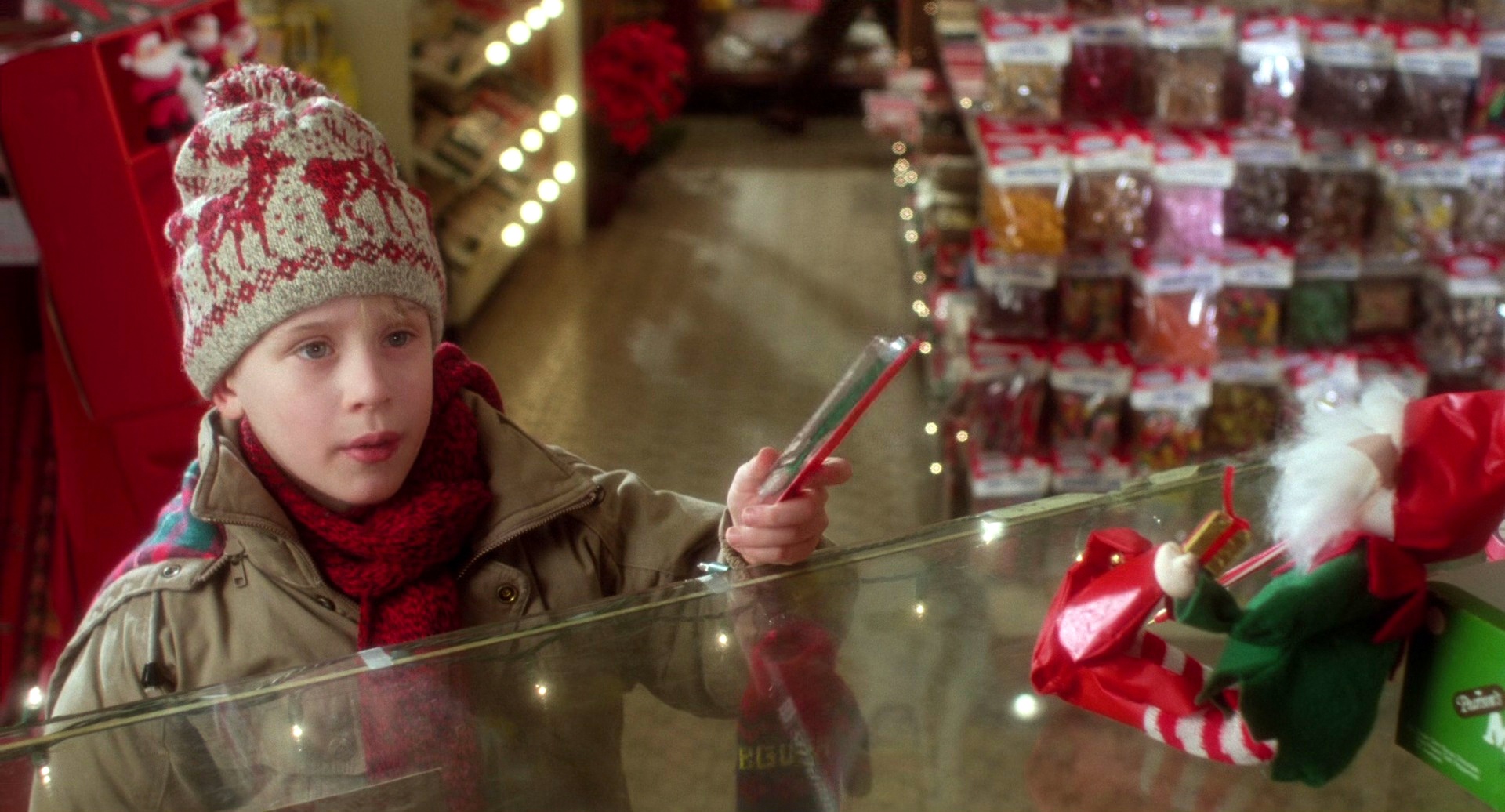
I savor every moment of the crackling, crisp chaos of the film’s first 17 minutes as the McAllisters and their extended family rush to make their flight to Paris after a comedy of errors leads them to wake up late.
I look forward to seeing Kevin struggle to become “the man of the house,” complete his grocery shopping despite the persistent noisiness of Sally the checkout girl, and attempt to find out if a toothbrush is approved by the American Dental Association only to accidentally cause a full-blown police chase.
I can’t wait to get back to every scene between John Candy and Catherine O’Hara. And I relish every moment with the now-departed Roberts Blossom, who is simply fantastic as the misunderstood “Old Man” Marley.
Macaulay Culkin’s performance of Kevin is often only remembered for his “fourth wall”-breaking antics and his classic reaction to applying too much of his father’s aftershave. Yet throughout the movie, especially in the film’s quieter moments, Culkin shows admirable acting chops for a 10-year-old.
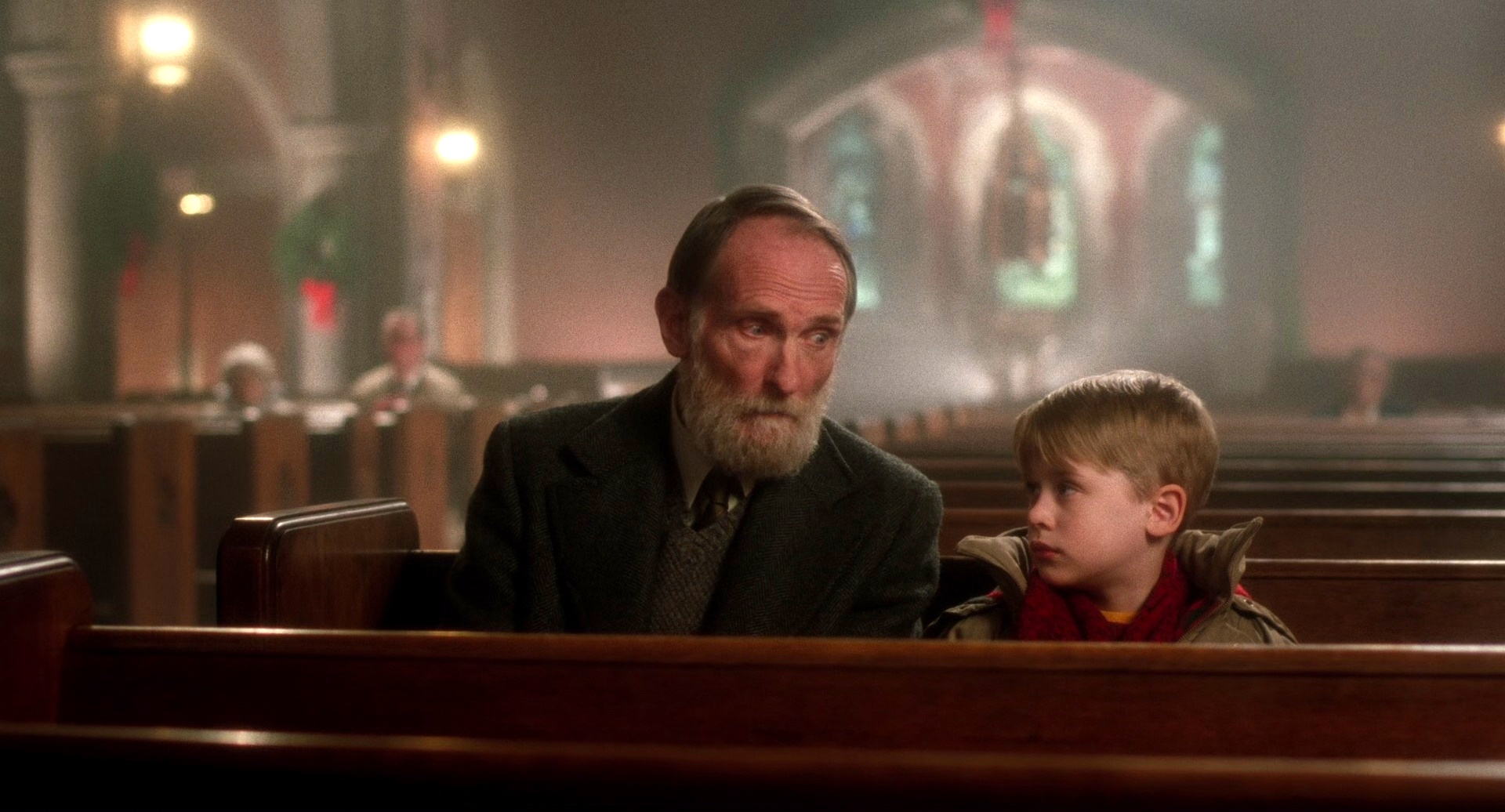
Watch Culkin closely when Blossom’s Marley tells him that, no, he’s not at church because he’s feeling bad. Kevin knows differently, though, and Culkin’s gaze lingers two extra beats before turning away. It’s subtle, but unmistakably there. A dozen similar little moments are sprinkled throughout the film and Culkin doesn’t get enough credit for them.
Not to be forgotten is the film’s score, composed by the indispensable John Williams. Often overshadowed by William’s more grandiose fare such as his work for the “Indiana Jones,” “Jurassic Park,” and “Star Wars” franchises, “Home Alone” benefits greatly from Williams’s music.
The eerie and foreboding theme that plays over the main credits sets the tone for the tension and mayhem to come near the three-quarter mark of the film and foreshadows future cues Williams would compose for the first two “Harry Potter” films (also directed by Columbus) and many years later, “Rey’s Theme” in “The Force Awakens.”
Bassoon, low brass, and creative string arrangements are expertly used throughout the film to amplify the tension. “Star of Bethlehem,” an original song written for the film by Williams that’s both beautiful and somewhat haunting, adds to the charm and complexity of Kevin’s poignant church conversation with Marley.
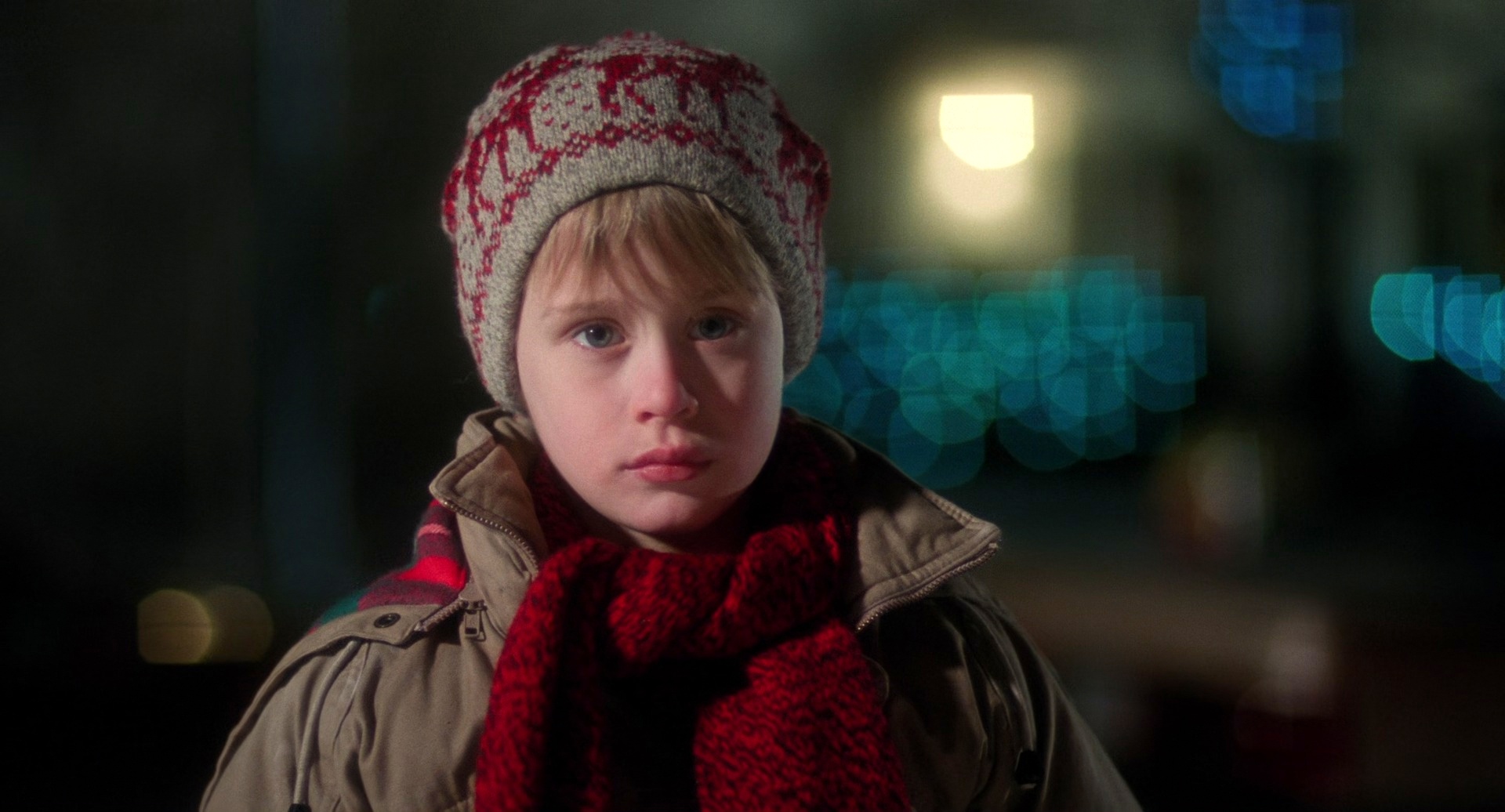
Still, the heart of the music of “Home Alone” belongs to “Somewhere in My Memory.” Whether in its song form when Kevin stares longingly through the frosted-paned windows at a happy family celebrating Christmas or in the orchestral form at the film’s tender conclusion, its reoccurring melody is the tonal heart of the film.
Ultimately, the film was only ever going to be as successful and enduring as the strength of its lead, Kevin McCallister. Often, dramatic arcs see main characters set out to pursue a much-sought goal, discovering and honing their motivations for the goal as well as their tactics for achieving it along the way, with the conclusion of whether they “get” their goal saved to the end of the saga.
Kevin, however, “gets” his goal — wanting to live without a family — handed to him one-sixth of the way into the film, and the rest of the movie is spent watching Kevin quickly realize he was wrong.
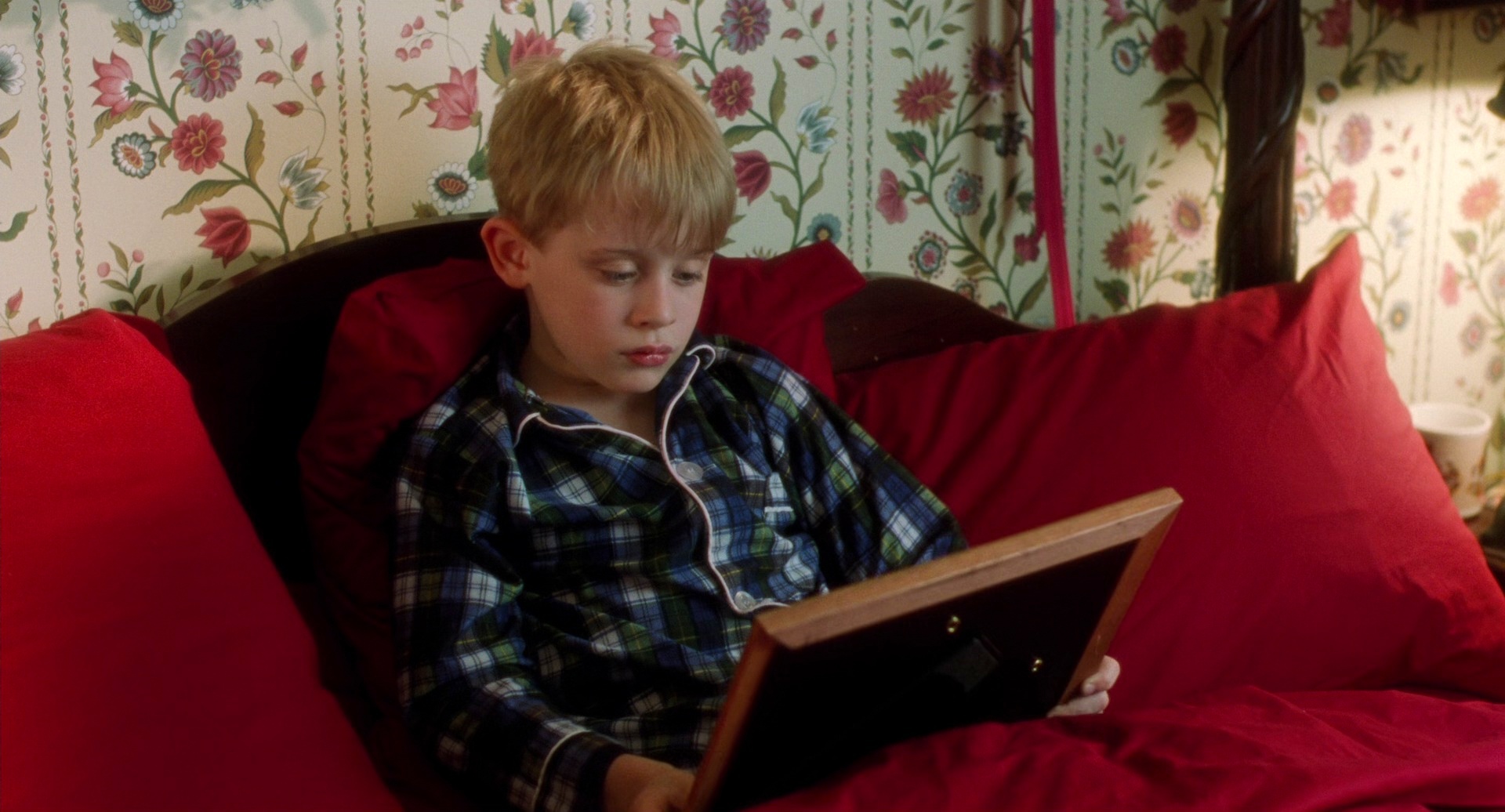
In a reverse of “It’s A Wonderful Life,” the protagonist of “Home Alone” is given a chance to see what the world would be like, not without himself, but without his family. In the span of a few days, it changes Kevin.
He starts out as a fairly entitled, likely spoiled, insubordinate, and troublesome child — the sort of youngster second-grade teachers would pray not to have on their roster. By the end of the film, however, he realizes both that you’re never too old to be afraid and that facing your fears is the only way to know where the darkness ends, and the light begins. Most importantly, Kevin learns he needs his family, that he loves them, and that man was not meant to be alone.
The most valuable lessons and starkest reminders of “Home Alone” require a little living to be done first. When I was eight, it was hard to identify with a frantic and distraught parent who’d left her eight-year-old home alone while being separated a continent away.
Now that I’m a father, O’Hara’s pleading and desperate delivery of “I am going…to get home…to my son” doesn’t play as humor anymore, but the start of one of every parent’s worst fears. I’m with her at that airport, and I’m honestly thinking, “Is there anything I wouldn’t do to get home to my daughter?”
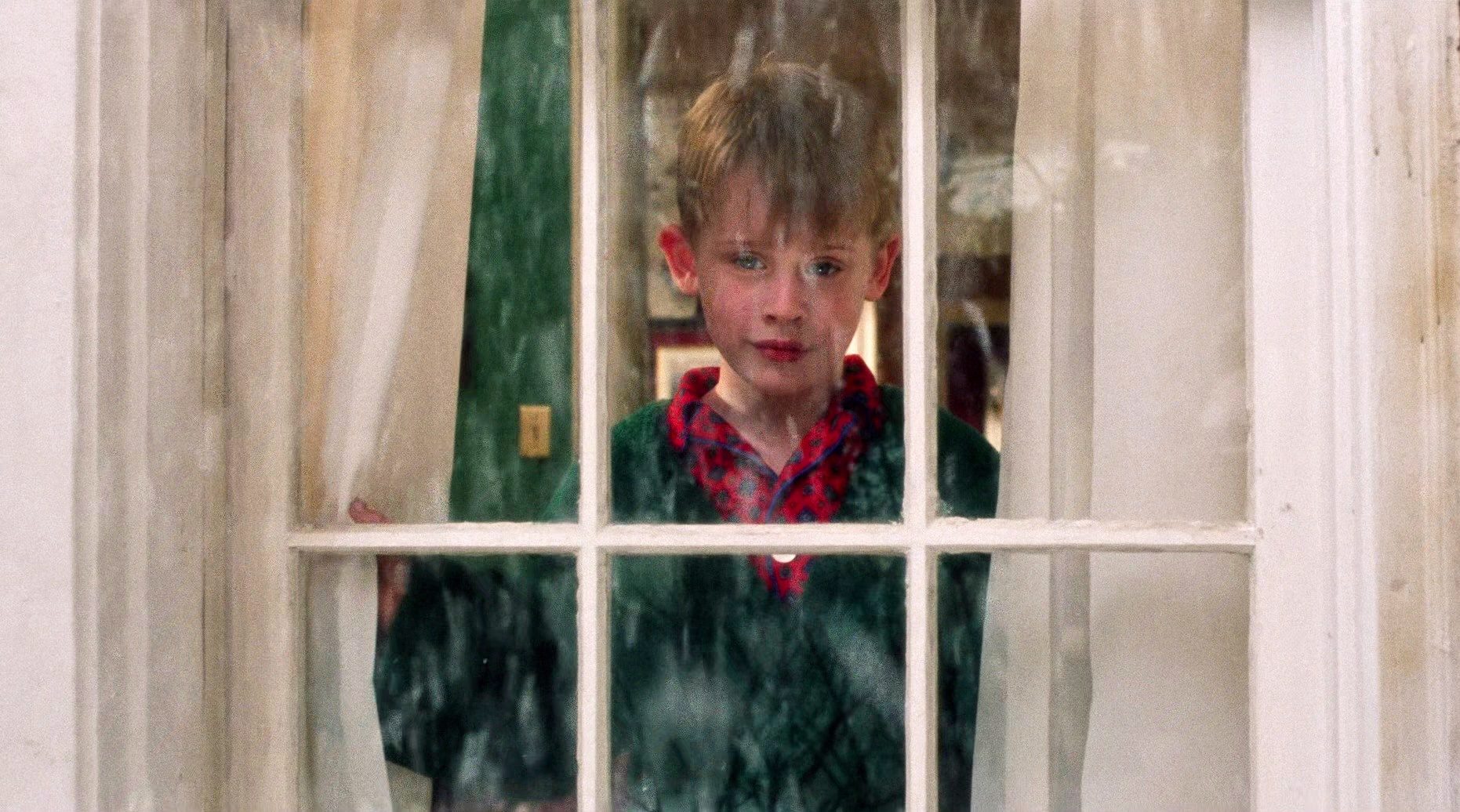
When I was a middle-schooler, I thankfully hadn’t witnessed any real family estrangement, separation, or lasting conflict. Decades later, after witnessing my friends and loved ones experience profound familial heartbreak, and after saying my own share of foolish things and rash remarks I wish I could have taken back, watching Marley reunite with his son and granddaughter is deeply affecting. It lands. Hard.
This Christmas, be sure to shamelessly enjoy the slapstick hijinks of Kevin McCallister’s plucky home defense. Revel in the ever-quotable comedic lines delivered by Buzz, Uncle Frank, Gus Polinski, Marv, Harry, and Officer Balzak. Proudly mouth every word of “Angels with Filthy Souls.” But, this year, be on the lookout for what you may have missed in Chris Columbus’s modern Christmas classic, “Home Alone.”
“Home Alone” is available for streaming this Christmas on Disney Plus.


